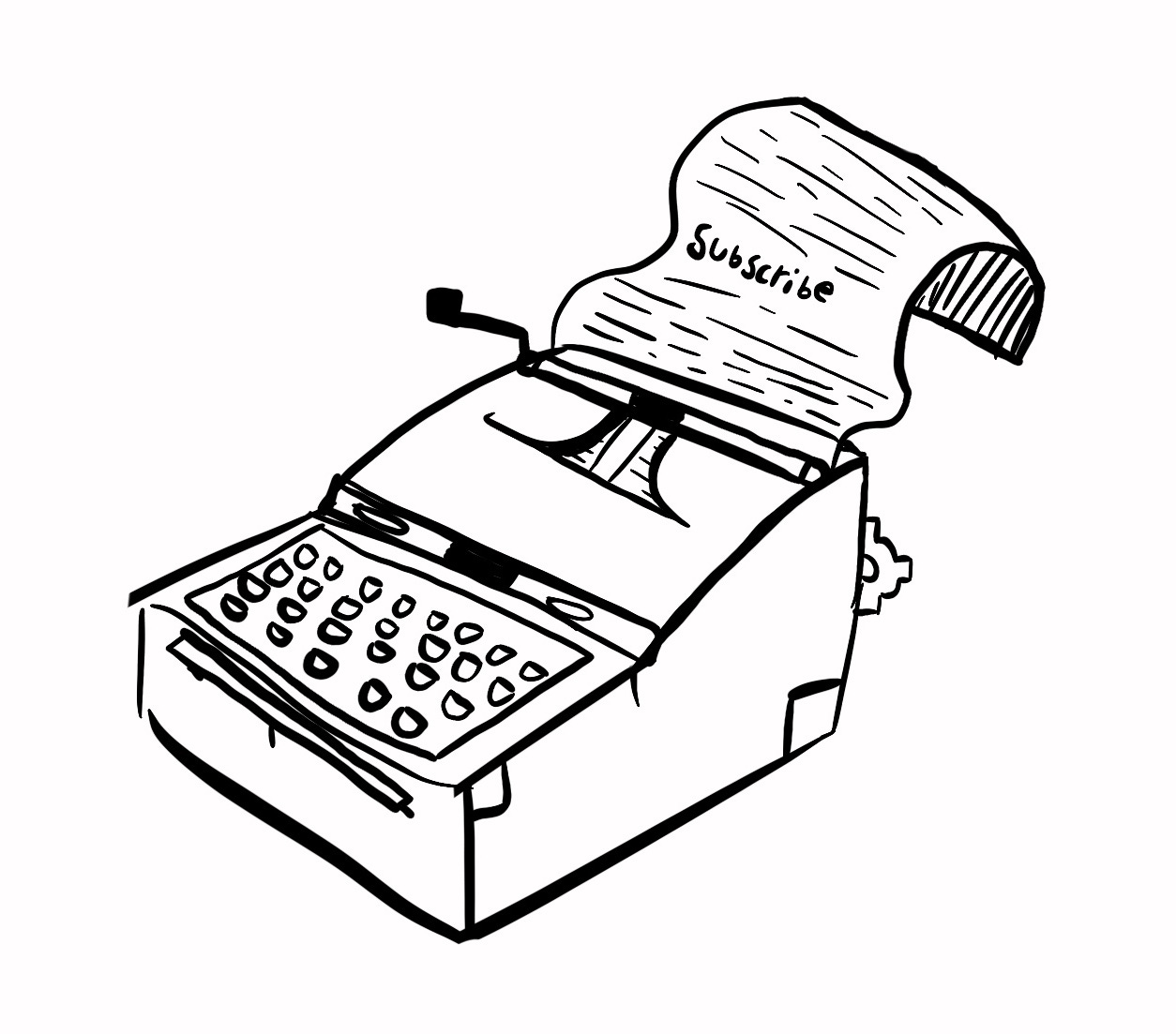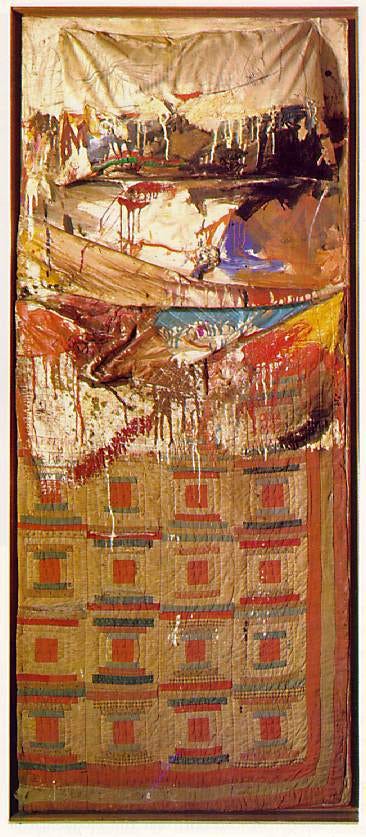Nietzsche, Neuroscience, and Ancient Greek Heroes
1. Songs of Surrender, by U2.
Nietzsche explains Dionysiac art in The Birth of Tragedy. It’s art expressive of, and causing in its appreciators, a sort of super-intoxication. A man pursuing the Dionysiac state, Arthur Danto writes,
sets out not so much to forget the world as to forget himself, to overcome rather than emphasize the boundaries between himself and other things, which grow blurred as the intoxication heightens until, at the orgiastic climax, they are blotted out entirely.
One might forget oneself by losing one’s inhibitions—the actual effect of drunkenness; and drugs may be a common means to the Dionysian ecstasy. But that ecstasy is not simply an inhibitionless state. To unchain the id so that nothing stands between desire and action is maybe to stop caring about the boundary between yourself and other things; one does not, for example, hesitate to impose one’s awful singing on others. But one can stop caring about a boundary while still seeing it clearly. Alternatively, one might forget oneself by identifying completely with something else—another person or the universe in its entire. That, neither, is the Dionysian ecstasy. If one moves or rearranges the boundary of what one takes to be oneself (in belief or in imagination), the boundary is still there and one is still aware of it. No, the forgetting that constitutes the Dionysian state is more extreme and more radical. It is a losing of any difference between oneself and the other. You do not leave your feelings behind, or project them onto someone else; they remain, but now untethered from all individual subjectivity.
Every generation and every musical subculture has its Dionysiac band, and for a not-small slice of Generation X it was U2. When they were great—up to and maybe including the 1997 album Pop—they were great because Dionysiac. It’s there in the chorus-effect blur and blend of The Edge’s guitar, and in Bono’s almost-unhinged singing; play “Where the Streets Have No Name” very very loud, or listen to the part of “A Sort of Homecoming” when Bono sings “no spoken words, just a scream”—and then screams, and you can feel it. Hell, there’s a song on their first album literally called “Out of Control.”
So the title of this U2 album, an album made up of new recordings of past hits and misses, must be some kind of a joke. The album is the opposite of surrender; it is anti-Dionysiac. The takes are calm, careful, controlled. Emotional rawness has been replaced by polished calculation. What expressive rasps there are have been carefully planned; every sonic element has been measured to the nearest micrometer. The album takes music suited to that jittery 2am exhaustion and strums it in strong daylight. One star.
2. Art and Neuroscience, by John Hyman.
The neuroscientist V. S. Ramachandran asserted that advances in neuroscience are "the key to understanding what art really is":
the purpose of art is to enhance, transcend, or indeed even to distort reality...[to] not only capture the essence of something but also to amplify it... all art is caricature.
The "peak shift" effect is the neuroscientific key allegedly unlocking this understanding. An example:
If a rat is taught to discriminate a square from a rectangle and rewarded for the rectangle, it will soon learn to respond more frequently to the rectangle. Paradoxically, however, the rat's response to a rectangle that is even longer and skinnier [than the kind it was trained on] is even greater than it was to the original prototype.
Call the longer, skinnier rectangle the "exaggerated" rectangle, and now lower your intellectual standards. Then you might say that, since humans enjoy perceiving real things, they will super-enjoy perceiving exaggerations of real things. Because reality itself (by definition) lacks such exaggerations, the practice of art developed to produce them, and is sustained by our interest in the rewards of its product. And thus such products are art’s function or purpose.
Hyman's take-down of this embarrassment is a master-class. So many works of art fail to present exaggerations of of real things (go to any museum and check), that producing such exaggerations could not be art's function. And: even if most artworks were exaggerations, the peak shift effect could not explain our interest in them. For one thing, the rats subject to the effect responded more strongly only to slightly exaggerated rectangles. But Ramachandran's assertion is that artworks are extreme exaggerations of reality. Even if we have a peak-shifted disposition to favor exaggerations, extreme ones wouldn’t trigger it. And do we have it? We have not been subject to a training regime that rewarded us for responding to real things, and failed to reward us for responding to...what? Less-than-real things, real things put through a process of dis-enhancement? It’s hardly less plausible to focus on individual kinds of things, rather than things-in-general. No one gave me gold stars for getting more excited about “normal” beds than by beds that did a poor job living up to the bed-y essence.
The idea that the ultimate nature of reality is hidden from our sensory encounters with ordinary things, and that art can help reveal that nature, is an idea with some appeal. But it’s not the only thing art can do, or the single thing that art is for; and the value of artworks that do it does not lie in their triggering some primitive neural reward circuit. In Hyman’s mocking summary, one should doubt that Ramachandran has
explain[ed] a profound and pervasive part of human life in terms of a simple physiological mechanism, which can be demonstrated in the laboratory with a rat, square, a rectangle and some cheese.
3. Achilles on Glory and Death.
Before the Trojan War, Achilles’ mother Thetis had a dream revealing Achilles’ two possible futures. In Stephen Fry’s telling, she describes them to her husband this way:
One is a life of serene happiness, a long life blessed with children, pleasure and tranquility. But a life lived in obscurity. His name will die with him. The other life is a blaze of glory such as the world has not seen. A life of heroism, valour and achievement that outshines Heracles, Theseus, Jason, Atalanta, Bellerophon, Perseus … every hero that ever lived. Eternal fame and honour. A life sung by poets and bards for eternity. But a short life...
Thetis tries to protect Achilles from that second life, but it comes for him (when Odysseus comes for him, sent by Agamemnon) and Achilles embraces it.
Twenty years later, as part of the deal he makes with Circe to get home, Odysseus journeys to Hades. Telling the story later to the Phaeceans, Odysseus says he saw Achilles’ shade, who asked him,1
‘How could you bear to come down to Hades? Numb dead people live here, the shades of poor exhausted mortals.’ I [Odysseus] said.... .... ‘no one’s luck was ever better than yours, nor ever will be. In your life we Greeks respected you as we do gods, and now that you are here, you have great power among the dead. Achilles, you should not be bitter at your death.’ But he replied, ‘Odysseus, you must not comfort me for death. I would prefer to be a workman, hired by a poor man on a peasant farm, than rule as king of all the dead.’
Quotation to follow from Emily Wilson’s translation of The Odyssey.



